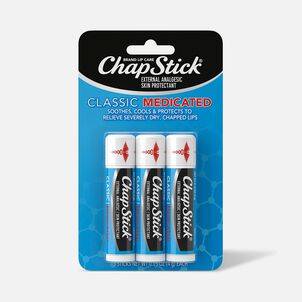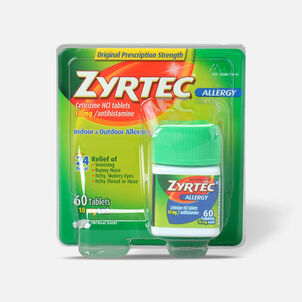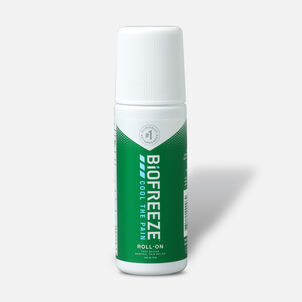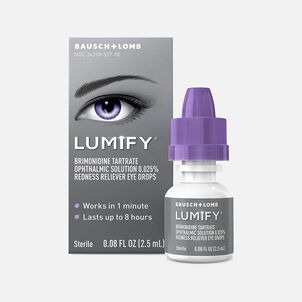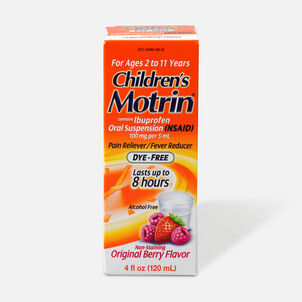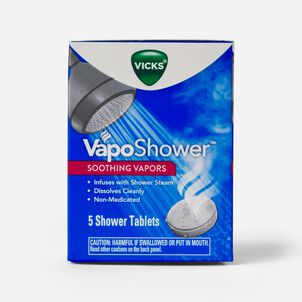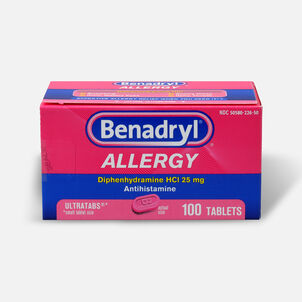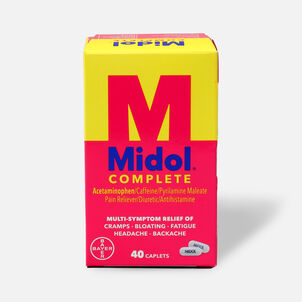There are many ways doctors and dermatologists work to clear up acne — from creams and gels to chemical peels and antibiotics. But sometimes those breakouts happen anyway. Trying to get clear skin is hard work, and the journey can sometimes feel frustrating and overwhelming.
If you've ever suffered from whiteheads, blackheads, pimples, or severe acne, you know that it can take several different forms of skin care routines to find what works. In fact, you're probably able to recite the most common blemish-busting ingredients out there. You have your salicylic acid for unclogging pores, antibacterial benzoyl peroxide, anti-inflammatory sulfur… and on and on.
A health savings account (HSA) can help you cut the cost of many skin clearing treatments, including over-the-counter acne treatments like astringents, oil free acne wash, acne pads, and more.
But there's another eligible acne treatment that's less talked about, and highly effective, giving it the nickname of a 'wonder solution'. Acne light therapy is a proven way to treat acne, and it means you can ditch the creams, gels, masks, and other tools that might just be collecting dust in your medicine cabinet.
Light therapy is an effective alternative option that dermatologists and estheticians promote as a painless and effective acne treatment. But before we dive into the power of light therapy treatment, let's talk about the root of the problem here: acne.
Causes of Acne
Acne is the most common skin condition in the United States, affecting up to 50 million Americans yearly, as reported by Medical News Today.
Acne is mostly commonly seen during puberty, when the sebaceous glands activate, but it can occur at any age. It is not dangerous, but it can leave skin scars. The glands produce oil and are stimulated by male hormones produced by the adrenal glands in both males and females.
Sometimes, overly dry skin can cause dead skin cells which can clog pores. This can also cause acne breakouts.
Light Therapy Treatment
Technically called light-emitting diode (LED) therapy or phototherapy, this treatment uses artificial light to treat the skin at the cellular level, explains Dr. Birnbaum, who was interviewed by the team at Byrdie.
Light is part of the electromagnetic spectrum, a form of energy that comes in different wavelengths. The different wavelengths translate as different colors that we can see, and, "these wavelengths of colors can cause intra- and intercellular reactions that offer different therapeutic benefits to the skin," says Dr. Nussbaum.
Benefits and Safety of Light Therapy
The benefits have been well-studied; a study published in The Journal of Clinical and Aesthetic Dermatology highlights the positive effects LED therapy can have for a variety of dermatologic issues, "While light therapy has been used for many years, there's renewed interest in its benefits as the technology has evolved so that there are now at-home LED devices," adds Dr. Nussbaum.
Light therapy is safe for nearly anyone, and the side effects are mild. This kind of therapy is fairly easy to use and find, and can be administered in a dermatology office or at home with the right products.
Effectiveness of Light Therapy
Light treatment is very effective for treating acne lesions and acne scars, especially acne that's caused by inflammation or bacteria. Even though there isn't any cure for active acne, LED light therapy is backed by research as an acne management tool.
LED light therapy can also help with a variety of other skin problems, including:
- Dermatitis
- Dull skin
- Eczema
- Psoriasis
- Rosacea
- Scarring
- Signs of aging, including wrinkles and age spots
- Sun damage
- Wound healing
- Other inflammatory skin conditions
Side Effects of Light Therapy
LED light therapy is generally safe since it's noninvasive and does not cause burning or pain. However, Medical News Today explains that experts caution that the long-term effects of these devices remain unknown.
Short-term side effects are rare. When they do occur, they may include:
- Inflammation
- Rashes
- Skin redness
- Tenderness
You should not use LED therapy if you take certain medications such as Accutane or use topical treatments that cause sensitivity to sunlight. People with skin conditions should speak to a dermatologist before using LED light therapy.
Blue Light Therapy Treatment
Blue light therapy is the type of light therapy that's most commonly used to treat acne breakouts.
The wavelength of blue light has an antimicrobial effect, so it's effective at killing several types of bacteria that can collect in your pores and oil glands and cause breakouts.
Healthline.com shared that people with acne who were treated for 5 weeks with blue light therapy treatment saw improvement in 77% of cases.
Blue light therapy also helps improve the condition of your skin, helping get rid of free radicals that oxidize and age your face. The treatment also has anti-inflammatory benefits, which decreases other symptoms of acne, such as redness and inflammation.
Red Light Treatment Therapy
Red light therapy differs from blue led light therapy because it doesn't have the same antibacterial effects of blue light therapy, but it can still be effective. Red light therapy helps promote healing and can help decrease the visibility of acne scarring. It also helps reduce inflammation.
Red light therapy works deep below the surface of your skin, targeting sebaceous glands, to help soothe and repair tissue. If your acne is caused by a chronic skin condition, red light therapy might be the choice for you.
Light Therapy Devices
To practice light therapy, you can use one of the several modalities, including full facial masks, light pens for spot treatment, and in-office treatment provided by a doctor. And of course, when using a light therapy device at home, make sure to follow all instructions, otherwise you risk damage to your skin and even eyes.
HSA Store has a variety of light therapy devices to help combat acne. And, there is something for all budgets. Whether you're looking for something on the high-end side or prefer a more affordable LED treatment, there are options in each category.
The reVive Acne Light Therapy™ Handheld System is a high-end light therapy device that combines combines cutting edge technology with ultimate portability to support the reduction of Acne flare ups and other bacteria-related skin ailments. With the reVive acne handheld system, users can deliver a non-UV light spectrum that targets and destroys bacteria residing within skin.
The reVive Light Therapy Poof Portable Acne Treatment comes with a smaller price tag and a helpful portable design. It uses powerful medical-grade LED lights to treat acne, prevent flare-ups, and calm redness and inflammation. It is the smallest of reVive's acne treatment devices, perfect for use at school, at the office, or on-the-go.
Conditions Light Therapy Devices Don't Treat
Light therapy devices can help improve acne and a few other skin conditions, but unfortunately it's not a cure-all.
Light therapy won't improve actinic keratoses, acne vulgaris, or inflammatory lesions. Make sure to talk with your doctor if light therapy isn't working to improve your acne or if you feel you might have a different skin condition that needs medical attention.
-
Thanks for visiting the HSAstore.com Learning Center. For the latest info about your health and financial wellness, be sure to follow us on Facebook and Twitter.

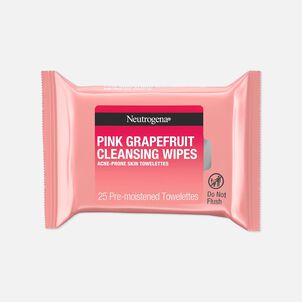

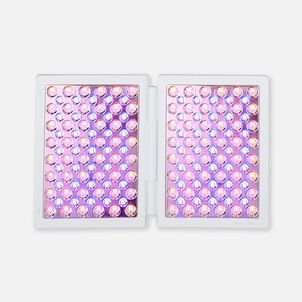
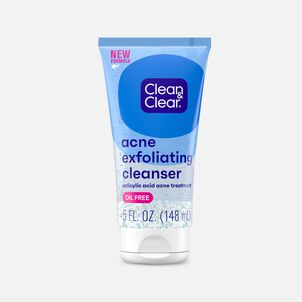
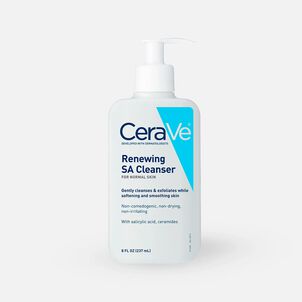
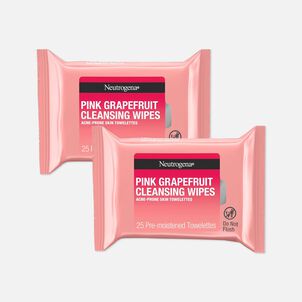
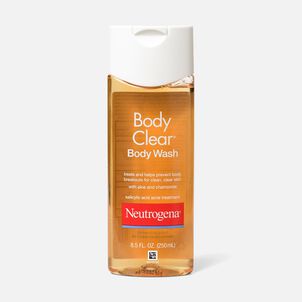
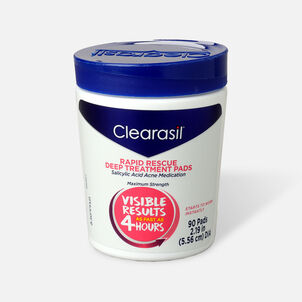
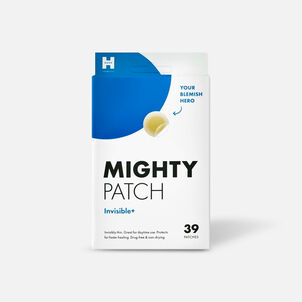
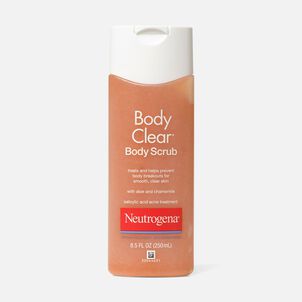
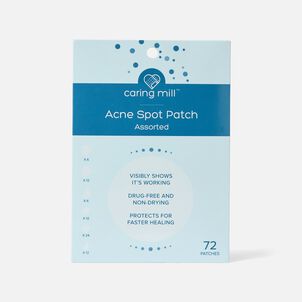
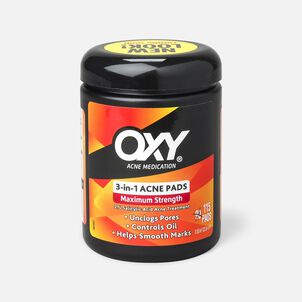
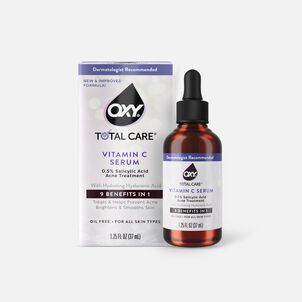

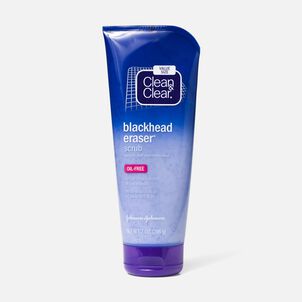
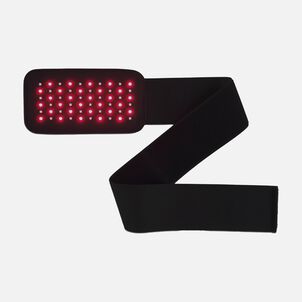
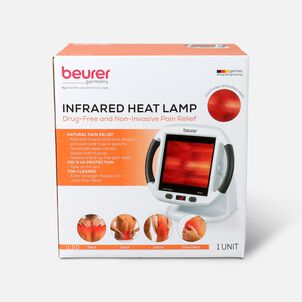
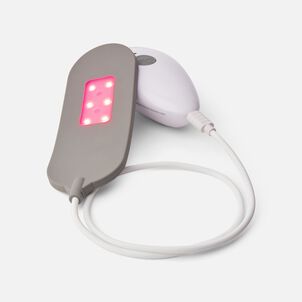
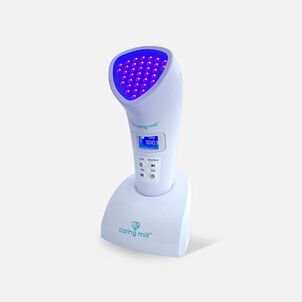
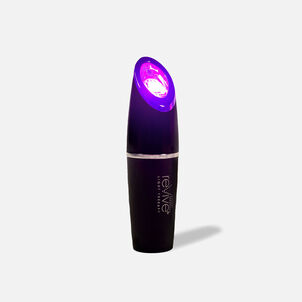
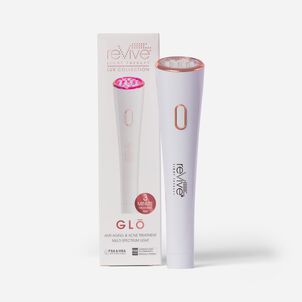
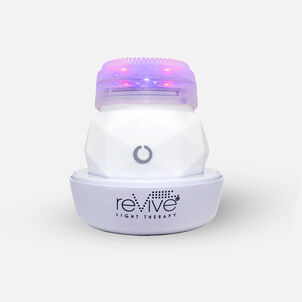
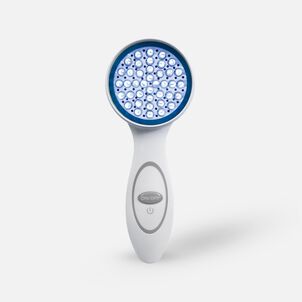
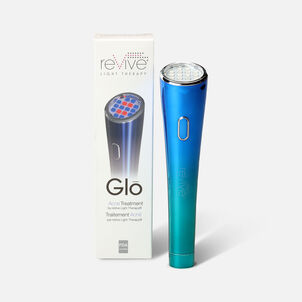
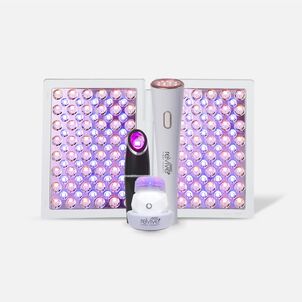
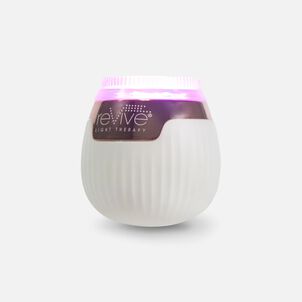
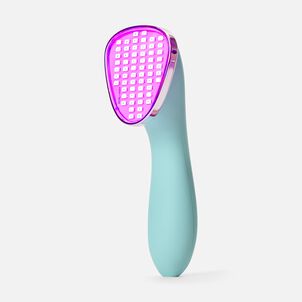
.png)


